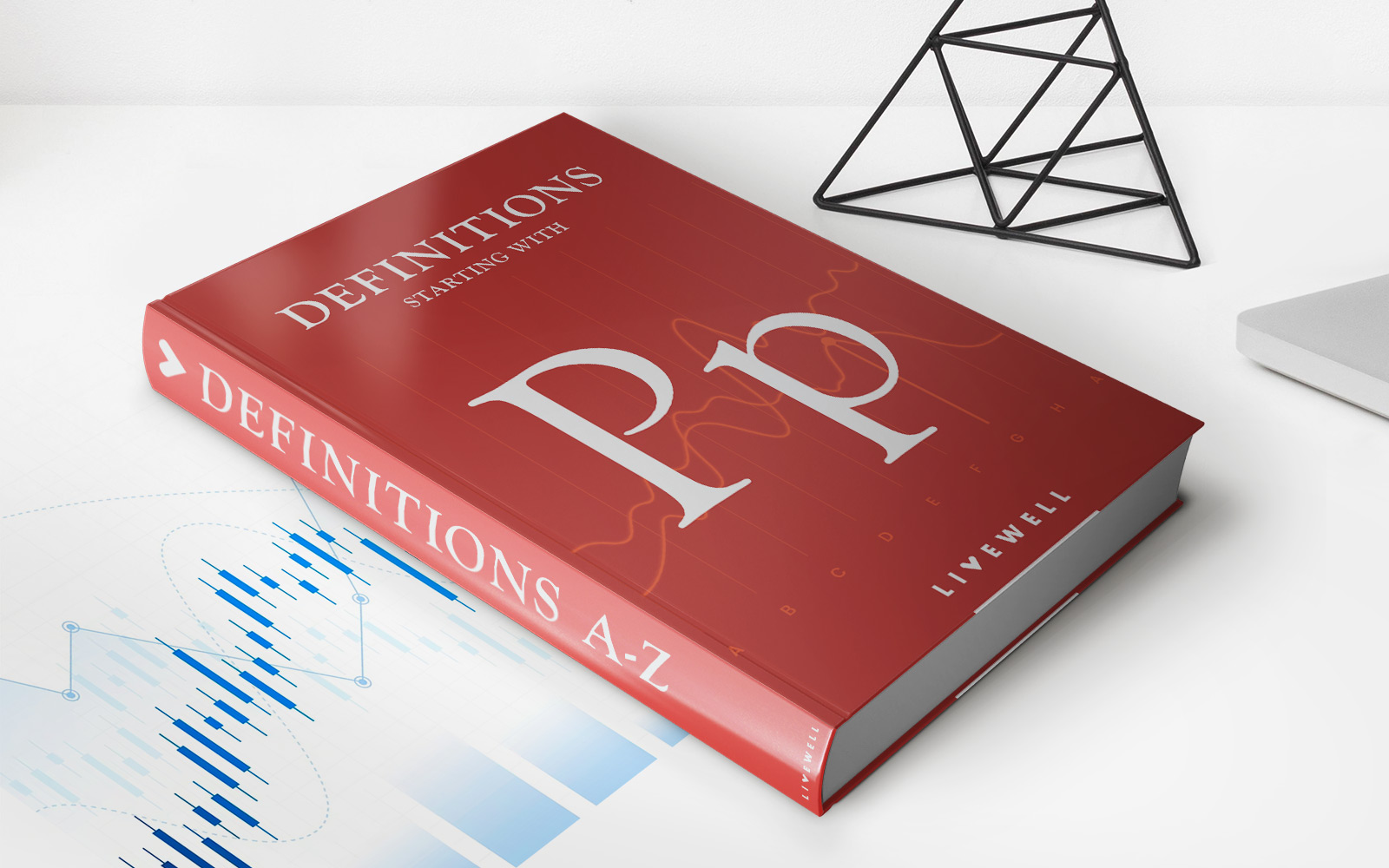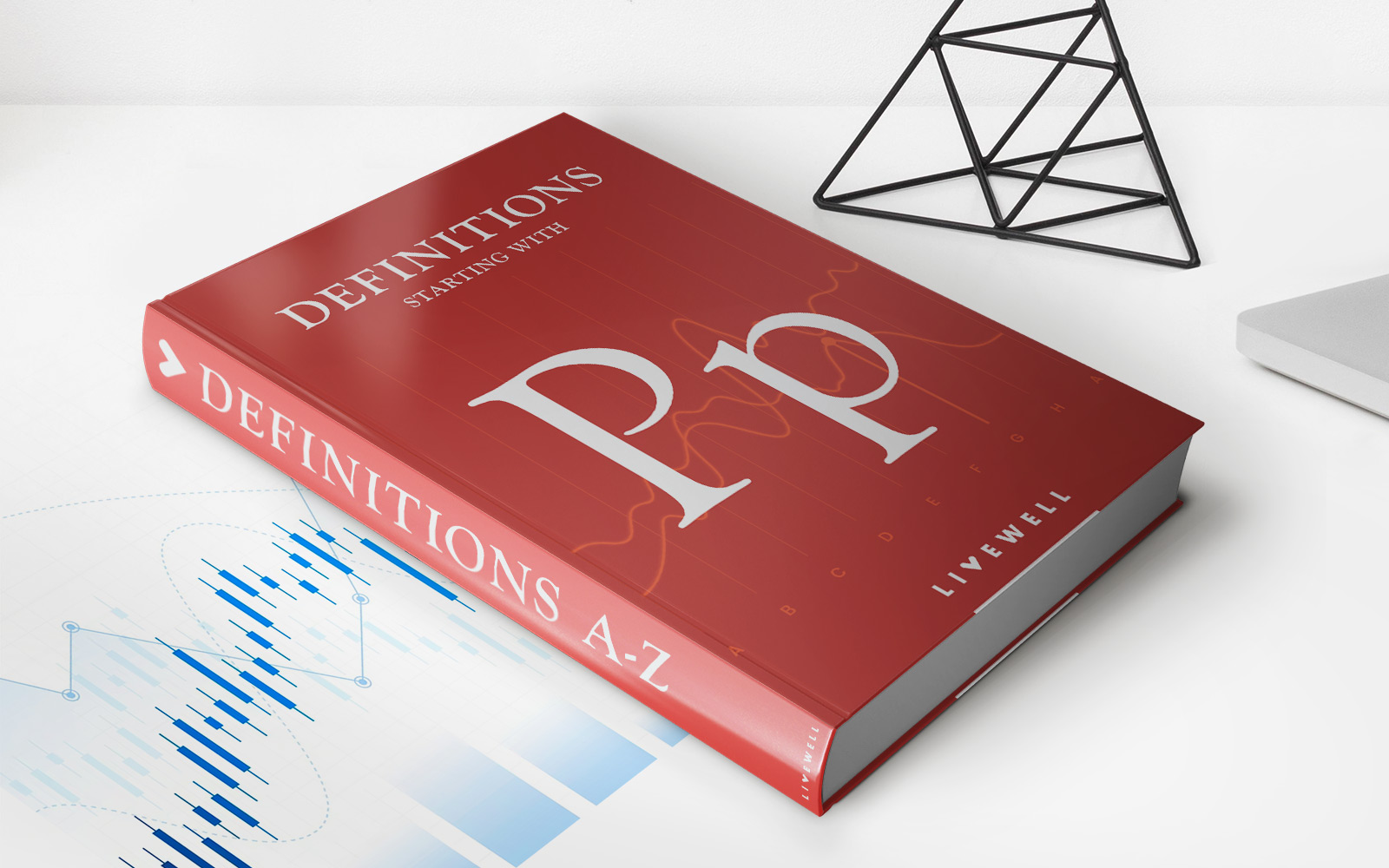

Finance
What Is Profit Margin And How To Calculate It?
Modified: September 6, 2023
Learn the basics of profit margin, how to calculate it and how it is used to measure a business or company's profitability.
(Many of the links in this article redirect to a specific reviewed product. Your purchase of these products through affiliate links helps to generate commission for LiveWell, at no extra cost. Learn more)
Profit margin is one of the simplest and most common profitability ratios in corporate finance. It gauges the degree to which a business activity or a company makes money. The profit margin ratio compares profit to sales by telling how well the company handles its finances overall.
The ratio is always expressed as a percentage. This figure indicates how many cents of profit the business generated for each dollar of sale. For example, if a business achieves a 35% profit margin during the last quarter, it means that it generated a net income of $0.35 for each dollar of sales.
What are the Three Types and their Formula?
1. Gross Profit Margin
The gross profit defines profit as all income retained after accounting for the cost of goods sold (COGS), making it the simplest profitability metric. The gross profit margin compares total revenue to gross profit.
The cost of goods sold (COGS) includes those expenses directly associated with the manufacturing or production of items for sale. This includes wages for labor and raw materials required in making or assembling goods. But this excludes taxes, one-time expenditures such as equipment purchases, operating or overhead costs, and any expenses for debt.
The formula for gross profit margin is:
Gross Profit Margin = Net Sales – Cost of Goods / Net Sales x 100
The formula for determining the gross profit is:
Revenue – (Direct materials + Direct labor + Factory overhead)
To determine net sales:
Revenue – Cost of Sales Returns, Allowances and Discounts
2. Operating Profit Margin
Operating Profit Margin or simply Operating Margin is a slightly more complex metric. It takes into account the costs of goods sold, costs associated with selling and administration, and overhead. This figure includes amortization and depreciation but excludes taxes, debts, and other non-operational expenses.
To get the Operating Margin (also known as earnings before interest and taxes, or EBIT), subtract selling, general and administrative (SG&A), or operating expenses, from a company’s gross profit number. Then, use the SG&A expenses and use it with the COGS and revenues in the formula below:
((Revenues + COGS – Selling and Administrative Expenses) / Revenues) x 100
The shorter formula for this is:
Operating Income / Revenue x 100
3. Net Profit Margin
Net Profit Margin is the most significant metric in measuring the total amount of revenue. This is after all additional income streams and expenses are accounted for. It may include operational expenses, COGS, payments on debts, taxes, one-time payments or expenses, any income from secondary operations or investments.
In this metric, net income and net profit can be interchangeable. In the same way, revenue and sales can also be interchangeable. The net profit reflects the overall ability of a company to turn income into profit. To determine its value, subtract all the associated expenses such as costs towards labor, operations, raw material, taxes, interest payments, and rentals from the total revenue generated.
Total Revenue – (COGS + Depreciation and Amortization + Interest Expenses + Taxes + Other Expenses)
Then, use the net profit in this equation to find the net profit margin:
Net Profit / Total Revenue x 100
How Is It Used?
⦁ The profit margin is widely used by all kinds of businesses around the world. It is quoted and used as a top-level indicator of the profitability potential of larger sectors and of overall national or regional markets. Essentially, this figure has become the globally adopted standard measure of the profit-generating capacity of a business.
⦁ External consultants, company management, and business owners use it to address operational issues. During different timeframes, they also use the profit margin to study corporate performance and seasonal patterns. For example, a zero or negative profit margin either means it is failing to achieve good sales or struggling to manage its expenses.
⦁ Multiple business divisions, product lines, geographically spread-out facilities, or stores operated by enterprises may also use profit margin to assess the performance of each unit and compare them against each other.
Photo from Max Pixel
⦁ When a company needs funding, profit margins come into play. A local retail store or other individual businesses may need to provide it for seeking or restructuring a loan from banks and other lenders.
⦁ To provide insights to investors about profit margin, large corporations issuing debt to raise money reveal their intended use of collected capital. It can be through increasing sales, by cutting the costs, or a combination of both.
⦁ It is an integral part of equity valuations in the primary market for IPO (initial public offering).
⦁ Investors may like to assess the profit margin of a particular product or service they are looking to fund. They often hone in on the profit margins when comparing two or more stocks or ventures to identify the better one.

Photo by rawpixel from Pixabay
Industries with High-Profit Margin

Photo from Max Pixel
Industries with Low-Profit Margin
Operation-intensive businesses like transportation usually have lower profit margins. This is because they may have to deal with vehicle maintenance, fluctuating fuel prices, and drivers’ retention and perks.

Photo from Max Pixel
Agriculture-based ventures have low-profit margins as well. This is due to high inventory, operational overheads, resource-intensive activities, need for farming and storage space, and weather uncertainty.
Ultimately, the automobile industry has low-profit margins. High operational expenses in developing dealership networks and logistics, intense competition, and uncertain consumer demand make profits and sales limited.














